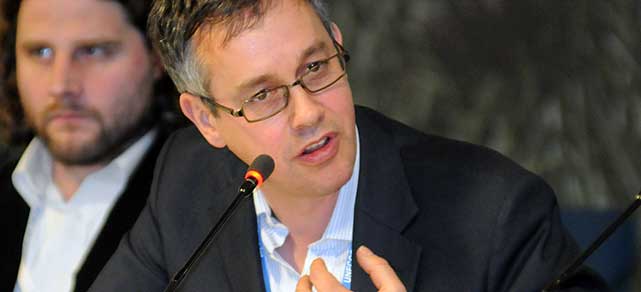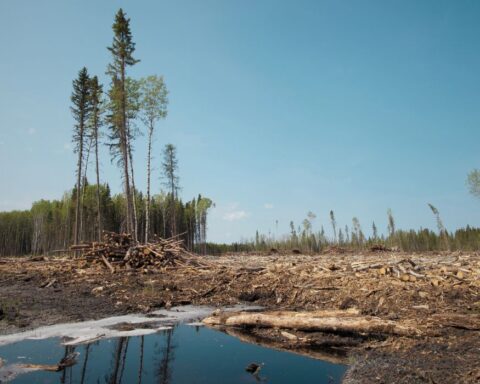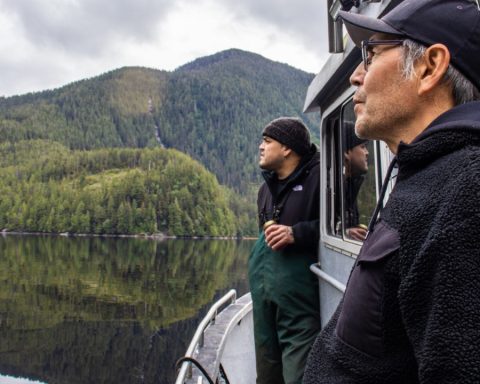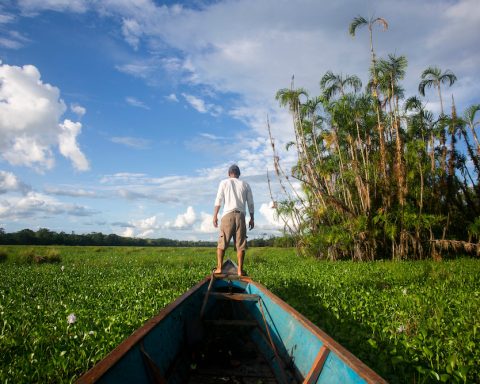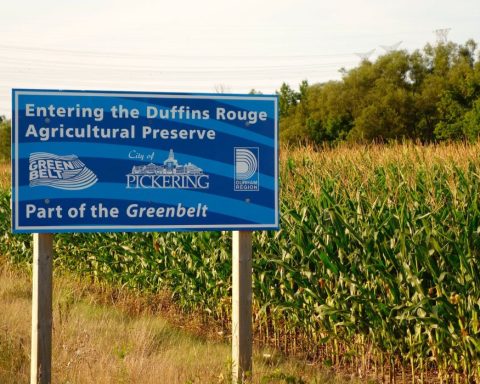In three short years the terms “unburnable carbon” and “carbon budget” have become permanent fixtures in the global climate change dialogue, popularized by the efforts of a non-profit financial think tank in the U.K. called Carbon Tracker Initiative (CTI).
Mainstream media, international agencies, institutional investors, central bankers, and political leaders – from big city mayors to G8 presidents and prime ministers – increasingly rely on these four powerful words to communicate the gravity of the climate challenge to constituents.
But CTI founder Mark Campanale, the man who conceived of the “unburnable carbon” capital markets thesis, has no intention of stopping there. Campanale told Corporate Knights that he wants to expand the approach to different forms of natural capital, assuming his team can find the time and resources to do it.
“We want to take our basic analysis and apply it to forestry, water, agriculture and fisheries, starting probably with either fisheries or land-use and forestry,” Campanale said. “The only thing that has stopped us from doing that is this flipping thing called Carbon Tracker. It’s keeping us busy 14 or 15 hours out of every day. We’ve been a bit overwhelmed.”
A different way to look at carbon
It’s easy to understand why. For years people have been told that avoiding the worst effects of climate change meant keeping global average temperatures from rising no more than 2 degrees C above pre-industrial levels. Problem is, the average person really had no clue what that meant to them personally, beyond headline-grabbing stories about a future of more extreme weather and rising ocean levels. As real as that future may be, it was all too abstract – something to worry about for another day.
What CTI did was reframe the challenge within the context of a carbon budget. It calculated how much carbon society could burn before exceeding that 2 degrees C threshold. It also calculated how much carbon the major publicly traded coal, oil and natural gas companies have in development and in reserve.
After that, it’s a simple grade three math question: What do you get when you subtract total “burnable” carbon assets from the global carbon budget? The answer is “unburnable carbon” – the amount of coal, oil and natural gas that must be left in the ground to avoid climate catastrophe.
Specifically, CTI found that up to 80 per cent of carbon assets held by the top 100 coal and top 100 oil and gas companies were unburnable, absent technologies such as carbon capture and storage. Since then, the Intergovernmental Panel on Climate Change, International Energy Agency and others, including a recent University College London study that appeared in the journal Nature, have reached similar conclusions.
Suddenly, the spotlight was on the big fossil-fuel companies, and CTI began asking important questions on behalf of investors, ranging from big pension funds to sovereign wealth funds: If carbon reserves can’t be burned in a climate constrained world, does that mean the shares of oil companies are overvalued? To stay within the carbon budget, which fossil fuel projects and assets are most at risk of becoming stranded? Which companies are most vulnerable?
“The whole point of the Carbon Tracker Initiative is to say, in a carbon-budgeted world, if you have high-cost, high-carbon assets that you’re developing then you’re going to be toast,” said Campanale, who in recognition of his work came close to being named 2014 sustainability leader of the year by The Guardian. (In the end, Unilever CEO Paul Polman got more votes).
The unburnable carbon message is increasingly being heard and taken seriously by investors and financial regulators. Many now consider it a matter of time before climate regulations and carbon-pricing mechanisms cause the carbon bubble to burst.
Unfortunately, most fossil fuel companies are still failing to disclose such risks, as revealed last fall in a survey of 200 publicly traded coal, oil and gas companies that CTI conducted with Ceres, CDP and the Climate Disclosure Standards Board.
“Only 81 companies responded, which says over 100 don’t give a shit,” said Campanale. “Of the 81 that responded, only two accepted 2 degrees C as the limit to warming. Very few are disclosing any scenarios where their businesses are going to be challenged by climate at all. So you’ve got an industry in denial.”
To wake them up, CTI and its allies are pushing for financial market reforms that would require companies to disclose their carbon risks clearly and regularly to shareholders.
Are Fish Tracker and Tree Tracker next?
Campanale has lived and breathed sustainable finance for a quarter of a century. He co-founded some of the first responsible investment funds at Jupiter Asset Management, NPI, AMP Capital, and Henderson Global Investors, and continues to advise a number of investment funds.
Until 2006 he was founding director of the U.K. Sustainable and Responsible Investment Forum, and continues to sit on the advisory council of the Sustainable Accounting Standards Board. The bottom line is he has the chops to do what he’s doing.
I asked Campanale if the methodology and analysis applied to Carbon Tracker can be replicated for fish, land and water. Not exactly, he said, but enough to get a good picture of which companies are most threatened by declining fish, land and water budgets, and the role they play in those declines.
Take forests and land use, he explained. “If you read the investor reports and presentations from companies, they are all predicated on expanding land cover for palm oil or deforested land for other types of agricultural use.” The same can be observed for fish and water use, he added.
It’s also possible to develop a budget for each – for example, determining as a baseline that there is a finite amount of land or fresh water or fish, and then figuring out how much can be sustainably developed, consumed or caught. Likewise, determining how much is “uncatchable” and “unusable.”
“You can look at the investment models of these companies and you can predict which ones are going to bust the land budget or sea budget or water budget,” Campanale said. “How representative will it be? That’s the difficult thing until we go away and actually pull it all together.”
The focus, like with Carbon Tracker, would be on large, publicly listed companies in fisheries and forestry. “How much forest cover is owned and being developed by publicly traded palm oil companies, and how much fish is being extracted from publicly traded fishing fleets?” Campanale said.
“Even if it’s not wholly representative, at least we can make an estimation of those and start to look at what best practices would look like,” he added. “I think we would be shocked. These companies are projecting j-curve type growth, and you have to ask yourself the question, where are the fish going to come from? And where is the land going to come from for them to achieve j-curve growth?”
The bottom line, he said, is that there’s a lack of information out there and a lack of focus when it comes to communicating how companies – and their investors – will be hurt by real limitations to the natural resources they rely on, and on which these companies are being valued in the marketplace.
Campanale said he hopes to bring that focus to the discussion, similar to what Carbon Tracker has accomplished. This assumes, of course, he can figure out how to carve out the time.
“It’s still early days,” he said. “But we’ve got some foundations interested in funding this stuff. It’s just that we’ve had some capacity restraint issues.”


